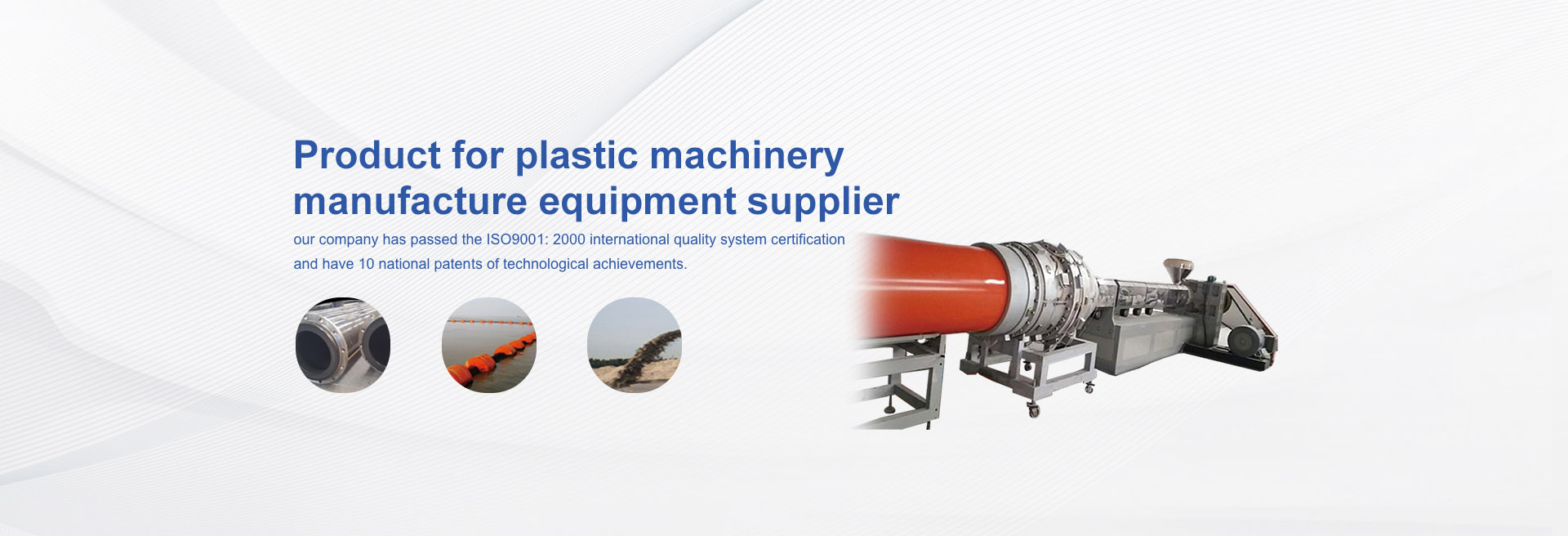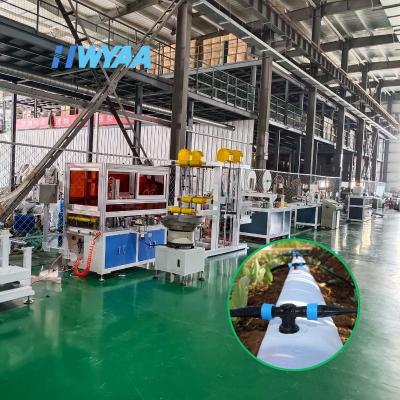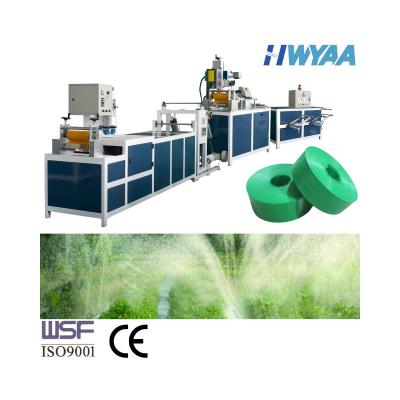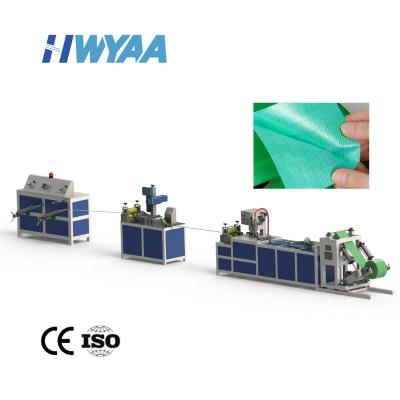Advantages and Disadvantages of High-density Polyethylene HDPE
1.Advantages
1) HDPE is a kind of high crystallinity, non-polar thermoplastic resin produced by ethylene copolymerization. In its original state, HDPE appears Milky White and translucent to some extent in its thin cross section.
2) it has excellent resistance to most of the chemicals used in daily life and industry. Its hardness, tensile strength and creep properties are better than those of Low-density polyethylene.
3) chemically stable, insoluble in any organic solvent at room temperature, resistant to acids, alkalis and salts, and resistant to corrosion and dissolution by strong oxidants (concentrated nitric acid) , acid-base salts, and organic solvents (tetrachloromethane) .
4) the film has low permeability to water vapor and air and low water absorption, the polymer is non-hygroscopic and has good water vapor resistance, which can be used for moisture and seepage prevention.
2.Disadvantages
The aging resistance of HDPE is poor, and its resistance to environmental stress cracking is not as good as that of LDPE, especially the thermal oxidation will reduce its performance. Under the action of atmosphere, sunlight and oxygen, aging, discoloration, cracking, embrittlement or powdering will occur and its mechanical properties will be lost.
At the molding temperature, it will decrease the melt killing degree, discolor and stripe because of oxidation, so attention should be paid to the molding process and material selection. Because of the above characteristics of polyethylene, easy processing and molding, so the recycling of polyethylene has a very far-reaching value.
Easy to photooxidation, thermal oxidation, ozone decomposition, easy to be degraded under the action of ultraviolet light, carbon black has excellent light shielding effect on polyethylene. After irradiation, cross-linking, chain breaking and unsaturated group formation may occur.
Excellent chemical stability, at room temperature resistance to hydrochloric acid, hydrofluoric acid, phosphoric acid, formic acid, amines, sodium hydroxide, potassium hydroxide and other chemicals, but nitric acid and sulfuric acid on polyethylene has a strong destruction.






